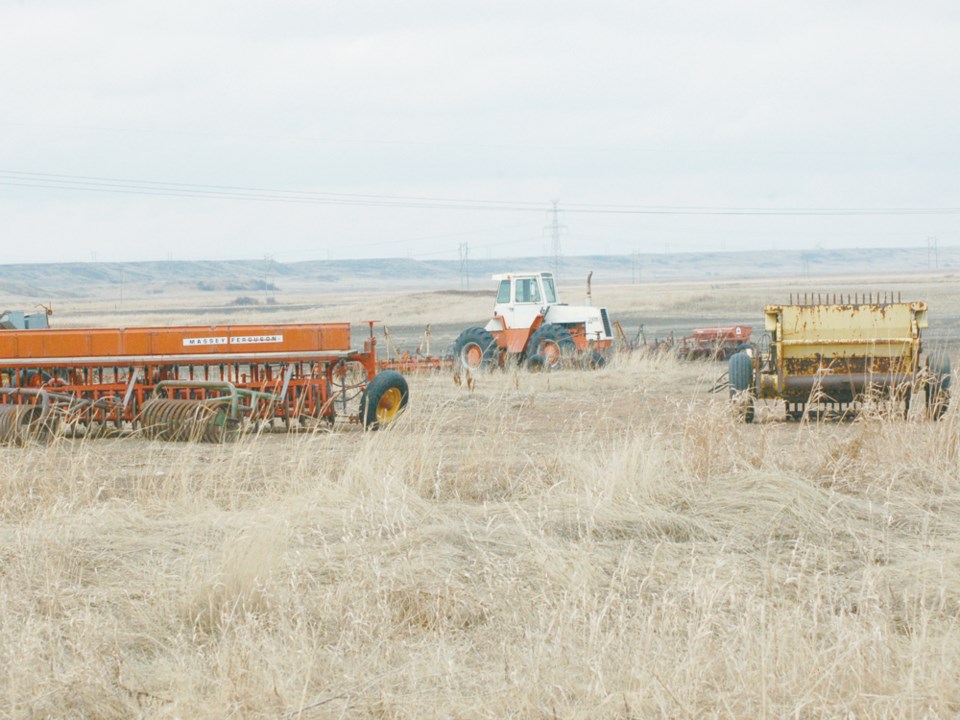It has taken awhile but crops in southeast Saskatchewan are now in the bins or elevators … for the most part. There are always some residual elements to contend with each and every year on the prairies.
“Sunflowers and corn are still out there,” said Sherri Roberts, regional crop specialist for the Ministry of Agriculture for Districts 1,2 and 3.
As of Oct. 20, it was reported that 93 per cent of the crops were safely tucked away in this part of the province and since that date, the remaining seven per cent has been harvested with those few exceptions, she said.
As for quality and volume, Roberts said, “it’s all over the board.” She said one farmer might have a near bumper crop this year while his neighbour might be fighting to get 10 bushels to the acre, depending on when the seeding was done and how well the crops matured over the growing season.
“For some, it just wasn’t their year when it came to cereals,” she said.
Across the province, the Government of Saskatchewan’s report posted on Oct. 20, indicated 95 per cent of the province’s crop had been combined, consistent with the five-year average. Ninety-eight per cent of mustard, 97 per cent of barley and canola and 96 per cent of durum and oats, had been put away along with 95 per cent of this year’s wheat crop and 93 per cent of canary seed and 83 per cent of chickpeas and flax. Soybeans strayed behind the average with just 62 per cent combined as of Oct. 20.
With the continuation of good weather up to Oct. 27, Roberts said she expected to hear that most of the producers had completed what they set out to do in April and May.
The southeast region received only a little bit of rain in early to mid-October, giving producers an excellent opportunity to finish their work.
“Moisture conditions around Lake Alma are a bit dry, but the rest of the southeast seems to still have a lot of moisture to count on,” Roberts added.
On the plant disease front, fusarium was the biggest culprit attacking the cereal crops with some ergot also showing up in a few sectors.
“I spoke with one farmer near Grenfell who lost 50 per cent of his durum crop to both fusarium and ergot,” said Roberts.
On the canola front, things went quite swimmingly with what seems to be another strong season for the oilseed crop with disease levels quite low while volume and quality remained relatively high.
“Flax was still coming off a week ago around Weyburn, but I expect that’s all done and in the bins now now and there should be no major problem there,” she said.
Pasture and hay lands will be heading into winter in very good to good condition.
“Some lands have been grazed pretty hard so they might be a little short heading into winter and if they don’t get a good snow cover, it could spell a little bit of trouble for a few, so we’re just saying ‘be a little careful on that front,’” Roberts said in conclusion.




